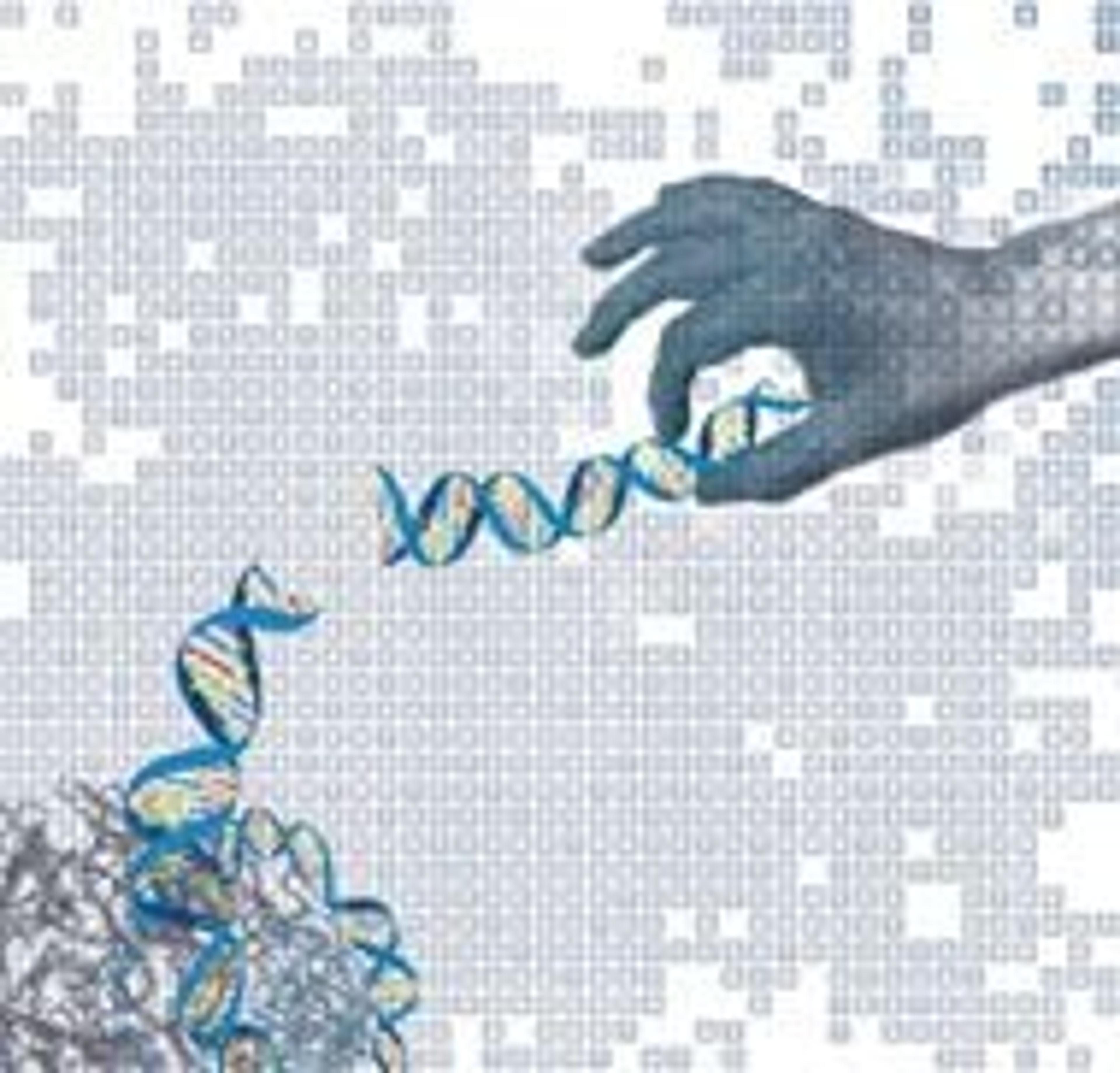Roche NimbleGen and 454 Life Sciences Capture the Targeted Resequencing Market on a Global Scale
3 Feb 2009NimbleGen Sequence Capture microarrays are quickly becoming the sample preparation method of choice for high-throughput sequencing laboratories around the world.
Roche NimbleGen and 454 Life Sciences are capturing the targeted resequencing market as researchers in laboratories worldwide adopt the NimbleGen Sequence Capture microarrays and the Genome Sequencer FLX System to speed sample preparation and subsequent sequencing for research on genetic-based diseases such as cancer and diabetes. Targeted resequencing allows scientists to capture only the regions of interest of the human genome and then use high-throughput sequencing to assess genetic variation within the captured DNA fragments. The use of NimbleGen Sequence Capture products simplifies the capture of these genomic regions when compared to traditional laboratory methods, allowing researchers to progress to the sequencing stage much quicker.
As an early adopter of NimbleGen Sequence Capture microarrays in the United States, genomic capture technology has become a valuable tool in the research laboratory, most notably at Mayo Clinic in Rochester, Minnesota. Dr. Matthew J. Ferber, Co-Director, Molecular Genetics Laboratory and Assistant Professor of Laboratory Medicine and Pathology, Mayo Clinic, said “NimbleGen Sequence Capture microarrays provide a promising and powerful new technology that has allowed our laboratory to rapidly develop a large number of targeted gene sequencing assays that easily feed into the 454 Sequencing pipeline.”
NimbleGen Sequence Capture microarrays and 454 Sequencing are also integral research tools for sequencing service provider labs, such as Genoscope - CEA in Paris, France. The head of its Dept. of Genomic Resources, Dr. Gábor Gyapay, noted, "In our work studying rare monogenic diseases, it is virtually impossible by PCR methods to prepare samples for sequencing if the interval, where the disease gene is localized, is more than a few hundred kilobases. Using NimbleGen Sequence 385K microarrays, we are able to capture megabase-sized regions and sequence our samples using the Genome Sequencer FLX Instrument. Our initial results are extremely exciting." Dr. Gyapay praised the ease-of-use of the technology: "Roche NimbleGen's detailed protocol is very useful, and it guides you through the procedure in a clear and illustrative fashion. I appreciate that at every quality control step you are given a figure showing the expected results."
As an early adopter of NimbleGen Sequence Capture microarrays in Canada, Dr. John McPherson, Platform Leader, Cancer Genomics and High-Throughput Screening, Ontario Institute for Cancer Research has firmly established this technology in his lab. “Targeted resequencing enables us to analyze more genomes as whole-genome sequencing is still too expensive for the number of samples we want to process. We were able to get enrichment of targeted regions on our first attempt and are still optimizing the protocol and have adapted it for use with other sequencing platforms. The equipment available from Roche works very well making the process easy to perform.”
In January 2009, Roche NimbleGen launched their Human Exome product, which uses an optimized design algorithm (launched on the 385K platform in October 2008) to provide the best performing and most powerful NimbleGen Sequence Capture array designs to date. This optimized design aids in capturing all the target regions with equal efficiency, and reduces the overall sequencing that is needed, thereby reducing sequencing costs. The Human Exome product is a NimbleGen Sequence Capture microarray built on the new high density HD2 (2.1 million long oligonucleotide probes) platform. This product enables the capture of nearly all regions of the human genome that code for proteins (~180,000 human coding exons and ~700 miRNA exons) on a single array. It gives researchers an easy, cost-effective solution (compared to conventional PCR methods) for exon sample preparation in generating hypotheses for studies aimed at unraveling the complexity of human genetic variation.
Implementation of this novel technology in customer labs is made easy with 3-day on-site customer workshops available by certified Roche NimbleGen Sequence Capture trainers, who can train customers on the 385K and 2.1M capture protocols.
The Genome Sequencer FLX System and the new GS FLX Titanium series chemistry expand upon the previous series by providing researchers with an even greater sequencing power of more than 400bp sequencing reads and over 1 million reads per run. The system also includes dedicated analysis tools for mapping reads and detecting variants of data from DNA captured with NimbleGen arrays, allowing straightforward interpretation of results.

